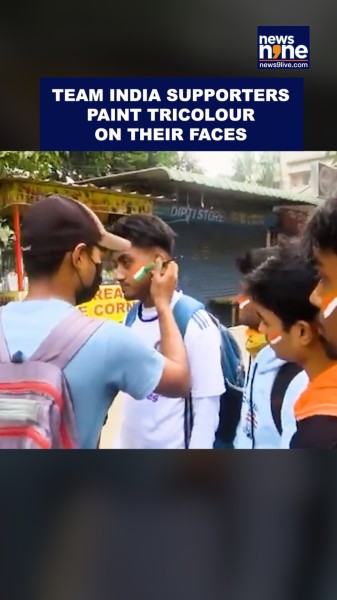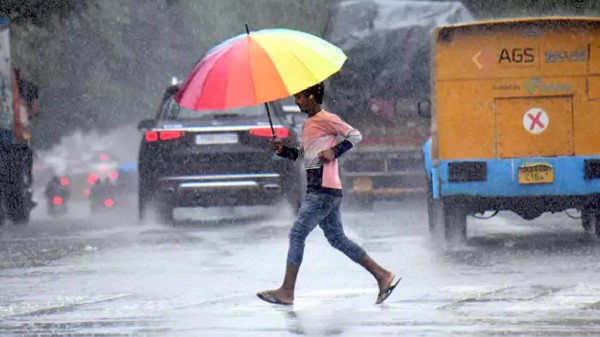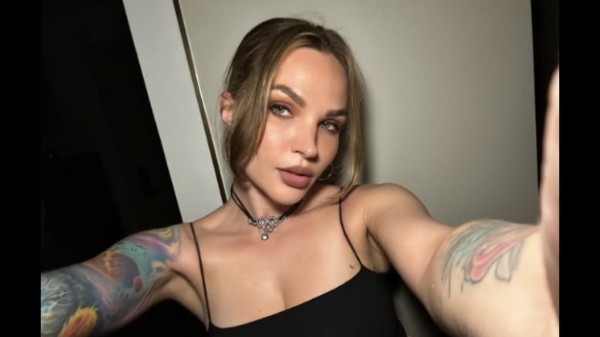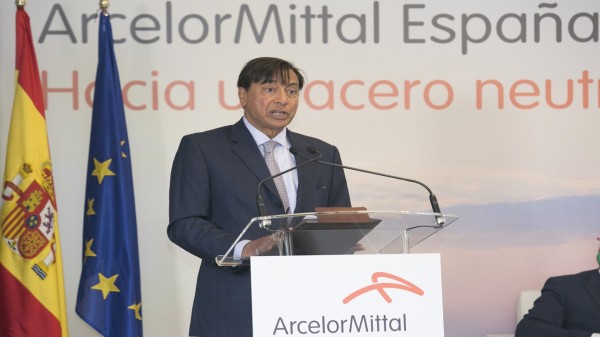

By signing in or creating an account, you agree with Associated Broadcasting Company's Terms & Conditions and Privacy Policy.


By signing in or creating an account, you agree with Associated Broadcasting Company's Terms & Conditions and Privacy Policy.

New Delhi: Diwali, the grand and vibrant festival of India, is a sight to behold as every corner shines during this joyous occasion. Enthusiastic people illuminate their homes with decorative lanterns, earthen oil lamps or diyas, and fairy lights. India is known for its unity in diversity, and festivals like Diwali prove this to be true as different regions or states celebrate the same festival with a diverse set of beliefs and rituals.
On this day, Indian people celebrate the return of Lord Rama, his wife Sita, and brother Lakshman to Ayodhya after 14 years of exile and the killing of Lanka King Ravana. Since the night they returned was a moonless night or amavasya, people light diyas or earthen oil lamps on Diwali night. People of South Indian states celebrate the same festival, remembering Lord Krishna’s slaying of the demon Narakasura. Legend says that Lord Vishnu and Goddess Lakshmi married on this day. So, let’s explore the unique Diwali rituals performed by different regions or states in India.
Here are the Diwali rituals celebrated across different parts of India.
1. Punjab – Guru Nanak’s return

In Punjab, for the Sikh community, Diwali is equivalent to Bandi Chhor Diwas. People here celebrate the release of the sixth Guru Nanak from the Gwalior Fort, as Emperor Jahangir had imprisoned him. Bandi Chhor Diwas is celebrated in a similar way as Diwali, by illuminating the houses and gurudwaras with diyas, bursting crackers, giving gifts and feasting together.
2. East India – Goddess Kali’s prayer

In Eastern Indian states like Bengal and Odisha, people celebrate Diwali, but instead of Goddess Lakshmi, they honour Goddess Kali on the new moon in Kartik. Kali Puja or Shyama Puja is the second most popular festival here, after Durga Puja.
3. Gujarat – Throwing of firecrackers
In Gujarat’s Panchmahal, people fling blazing firecrackers at one another. It is considered to be one of the age-old Diwali rituals of Panchmahal’s Vejalpur village. Many people even light a ghee diya and leave it to burn all night. The next morning, they make kajal from the black soot, and women apply it to bring prosperity. The indigenous people of Gujarat’s Narmada and Baruch districts observe Diwali for 15 days as a sign of good health. They burn herbal wood for its smoke, which keeps them healthy.
4. Madhya Pradesh – Govardhan puja

People in Bidawad village of Madhya Pradesh’s Ujjain district celebrate the Govardhan festival, a day after Diwali, known as the day of Enadakshi. On this day, villagers decorate cows with flowers and allow them to stomp on them. Before this, people observe a five-day fast. Villagers believe that the Gods will answer their pleas.
5. Himachal Pradesh – Pathar ka Mela
People from Dhami in Himachal Pradesh observe a stone-pelting ceremony called Pathar Ka Mela. They believe that getting struck during this festival is lucky. After Diwali, two groups of locals meet to hurl stones at one another, and the blood from the injury is used to apply a tilak to the idol of the Goddess Kali temple every year. The stone pelting ritual was established as an alternative to human sacrifice.
6. Chhattisgarh – Marriage of crops
The indigenous people of Chhattisgarh’s Bastar region celebrate Diwali as Diyari for three days when they perform the marriage of crops with Lord Narayana’s idol in fields. Additionally, people reserve food grain, honour the livestock owners with alcohol, decorate the cattle with flowers, and beat drums. The crop is worshipped as Goddess Lakshmi. The Sindhi community, too, celebrates Diyari but differently. They worship Goddess Lakshmi, use raw milk to clean silver and gold coins, grab these and place them between their teeth while singing Lakshmi aayi, danat vaai, meaning when Lakshmi arrives, poverty departs.
7. Odisha – Honouring ancestors
Odiya people celebrate Kauriya Kathi during Diwali when they honour their ancestors. They use fire produced from jute stems as a signal to call their forefathers, seek blessings.
8. Maharashtra – Lighting diyas for Lord Yama
Diwali’s Dhanteras festival, popularly known as Dhanatrayodashi or Yamandeepdaan in Maharashtra, is celebrated by lighting diyas in the name of the family’s male members. Women lit flour diyas in honour of Death God Lord Yama, wishing for the long and prosperous life of their respective husbands. Local legend says that a young prince was fated to die on the fourth day of his marriage. But his wife kept praying to Death God Lord Yama by lighting diyas. Consequently, Lord Yama left the prince alive. In Maharashtra, the Thakar community celebrate Diwali by creating lamps from the dried fruit called chibra and cow dung. They revere the grain as Goddess Lakshmi and perform folk dance.
9. Goa – Burning Narkasur’s effigy

Goa celebrates Diwali as Narkasur Chaturdashi when people burn an effigy of Narkasur. As per legend, Narkasur was Goa’s king, who was pompous, wicked, and possessed supernatural abilities. For his atrocious behaviour, he was slain by Lord Krishna just before dawn. That is why his effigy is loaded with firecrackers, paraded on the streets and burned down by men on Diwali.
10. Karnataka – Offering food around paddy fields
After killing Narkasura, Lord Krishna had taken an oil bath to cleanse his body of bloodstains. So, people follow this ritual on the first day of Diwali in Karnataka to free themselves of sin. People from coastal Karnataka revere King Bali on Diwali, known as Balipadyami. Farmers revel in offering food around their paddy fields as part of the custom. Some believe that gambling should be played on Balipadyami as Lord Shiva and Maa Parvathi play this game on this day.
Diwali’s beauty lies in the diverse rituals across India – from East India’s Kali worshipping to Karnataka’s Balipadyami – which adds its own cultural flavour to the festival of lights. Diwali is a celebration of beliefs, customs and stories, making India’s festive scenario truly vibrant.








